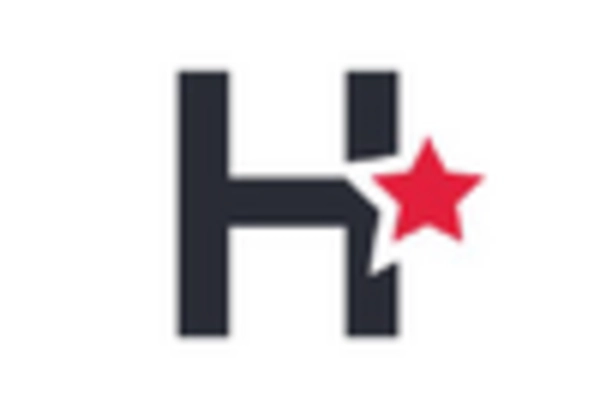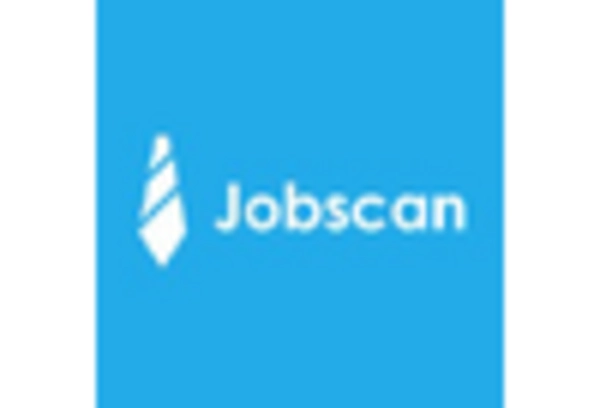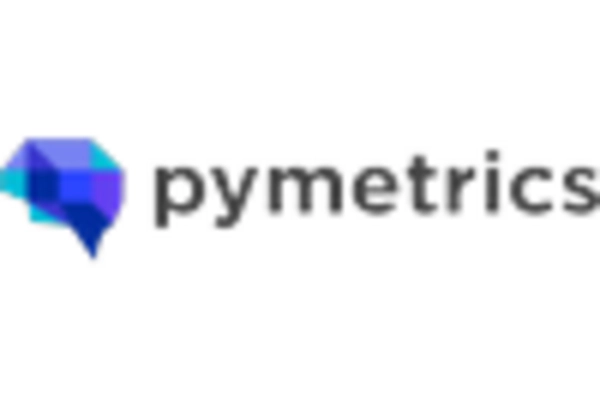Market Analysis
In-depth Analysis of AI Recruitment Market Industry Landscape
The structure of the market for AI recruitmen is now changing dramatically as more and more artificial intelligence technologies are integrated into hiring procedures. As organizations in different industries see the value of utilizing AI to simplify and improve recruitment, this has caused significant interest amongst solution providers. There is one major factor driving this market growth: the need to be efficient and precise in acquiring talent. With AI technologies, recruiters can easily scan massive amounts of data and pinpoint relevant candidate profiles to make decisions based on objective facts.
This also speeds up the recruiting process, and hires become more closely attuned to what an organization needs. In addition, the AI recruitment market is seeing a rise in machine learning adoption. Employing machine learning, recruiters can make better decisions and fully prepare for future human resources requirements. This predictive capability saves time and helps organizations to maintain a leading edge in getting top talent. Another trend in the AI recruitment market is integrating natural language processing (NLP). With NLP, machines can read and comprehend human language. This makes it easier to evaluate resumes, job descriptions or the communication between recruiters and applicants. This streamlines the hiring process and raises candidates 'involvement, making interactions more personalized and responsive. The trend of distributed work and the globalization of labor have also weighed on market dynamics for AI recruitment.
With organizations looking to recruit people worldwide, AI tools help find and assess candidates without the restriction of physical closeness. It's generated a more open-door approach to hiring, enabling companies to draw talent from all quarters and put together multifaceted dream teams. But the coming dependence on AI in recruitment is a tough assignment. Bias in algorithms and possible reinforcement of existing inequality are problems the industry must overcome. The ethical framing of the question about how to use AI in recruitment is becoming increasingly common, requiring organizations (large or small) that develop or apply their own recruiting tools and technologies to consider putting fairness atop design principles for applications.









Leave a Comment